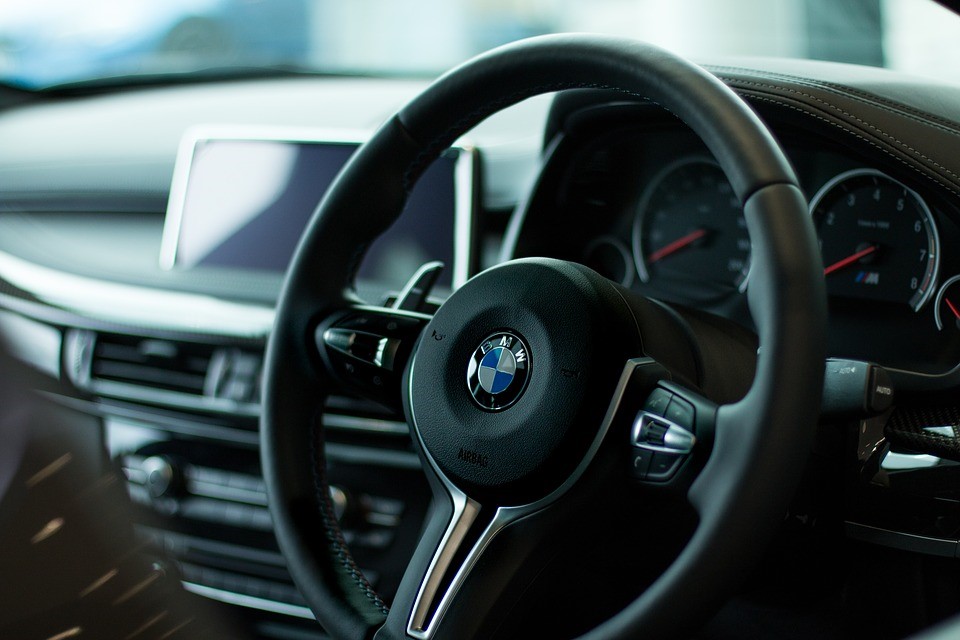Do courier cars hold the ticket to the future, instead of the traditional ‘man in a van’ we’re all used to?
Courier cars are fast becoming the norm, especially in high congestion zones where vans have to pay more and struggle to move around in the same way a smaller car can. In addition, the options for electric vans are limited when compared to those for electric cars. With costs higher for an electric van vs an electric car and potential savings on congestion charges even for traditional fuel powered cars, it certainly does seem that the courier car is going to be giving the courier van some stiff competition as we move into 2020!
Choose Wisely
Whether a courier company opts for vans or cars (or both) will depend largely on the items they courier and the type of delivery services they offer.
For example, a courier car may be a better proposition than a van in situations where only one item needs to be urgently delivered – not only will running a van cost more fuel than a car in this situation (and in turn reducing profit margin), even using an electric van has its downsides. The manufacturing emissions of creating a larger electric vehicle can be up to 68% higher than its gasoline equivalent, so is it better to opt for an electric courier car that fits the demographic for the delivery in the first instance and offset this increase in manufacturing emissions altogether? Whilst this increase in manufacturing emissions will be offset during actual use, do we need vans on the roads when cars will suffice?
Another example would be for a courier company offering nationwide services; at present (July 2019), the longest range of an electric only car is 335 miles (the Tesla Model S) whereas the longest range of an electric only small van is 170 miles (The Renault Kangoo ZE 33). Larger vans get even less – 120 miles at the most, from the Renault Master ZE.
From a logistics perspective this will put the van in a weaker position, as in the time the driver will need to stop and take to charge the van back up (approx. 6 hours), the Tesla could have done double the miles. Even the only hybrid light commercial vehicle (LCV) on sale in the UK, the Mitsubishi Outlander Commercial has a driving range of 28 miles on electric only, with the traditional fuel element then giving the vehicle the legs it needs to get the rest of the way.
Whilst there will always be demand for couriers using larger vehicles (we’d like to see a man in a car move around the engines and parts we do on a daily basis), smaller items such as documents and domestic purchases are certainly well suited to being transported in a car than a van, whether that be a fuel powered, hybrid or electric model.
Buying Incentives
With Ultra Low Emission Zones (ULEZ) set to be introduced in 2020, running fuel powered vehicles in these areas will incur financial penalties. Electric vehicles will be exempt.









